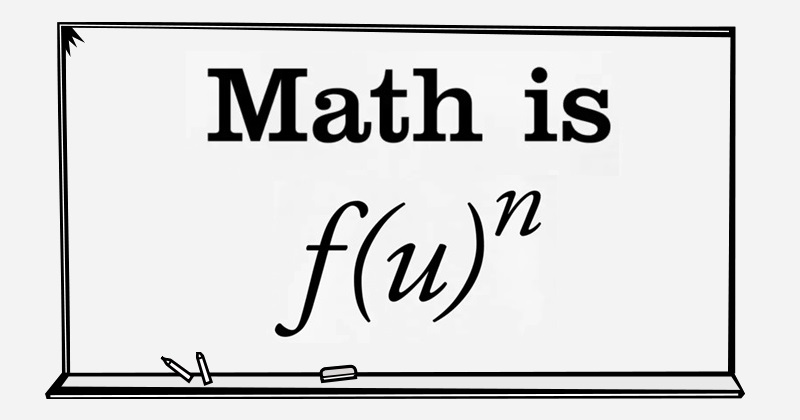
Multiplication tables for Kids: Easy techniques that can be used to make kids know their tables.
In most schools, tables are introduced in Grade 2, and by the time they are in Grade 3 / Class 3 (around 8 years old) children are expected to know multiplication tables up to 10.
GET INSTANT HELP FROM EXPERTS!
- Looking for any kind of help on your academic work (essay, assignment, project)?
- Want us to review, proofread or tidy up your work?
- Want a helping hand so that you can focus on the more important tasks?
Hire us as project guide/assistant. Contact us for more information
When my son started learning the multiplication tables, he was able to remember a few of them right away but struggled with them for quite some time.
- Table of 1 is easiest, hardly takes any time.
- Next is table of 10, that is also very easy to remember Next comes table of 2 and 5, most kids find these two also very easy to remember
- Now many would assume that the table of 9 would be the toughest in this list of 1 to 10. However, my son was able to quickly grasp the table of 9 as well (and I will tell you the reason later in this post)
- Once these multiplication tables were done, I taught tables of 3 and 4 to my son.
- Finally, he learnt the tables of 6, 7 and 8.
Here’s another method which a parent of another child used to teach multiplication tables of 1 to 10 to his kid.
- He first taught tables 1, 5, 9, 10 to his child
- Then he taught tables 2 and 4 (even number tables) followed by table of 3.
- Finally, he taught tables 6, 7, 8
So why is table of 9 easy to remember?
So assuming your child is good at counting numbers and already knows 1 to 10 (at this age, students know 1 to 100).
- What you do is write 9 as 09
- After that you get the next number by decreasing the number at the units place by 1 and increasing the number at the tens place by 1.
- Keep on doing that till you reach 9×10=90
This diagram explains this concept nicely.

In almost all Indian schools you will hear kids learn tables by using the word “Za” or “Zaa” or “Ja”.
So they will say Five One Za Five, Five Two Za Ten.
However, please note that there is no such word as Za/Zaa.
So why do Indians use the word ‘Za’ while learning multiplication tables?
Here’s the explanation.
When learning tables, you actually say:
- “5 two-s are ten”
- “5 three-s are fifteen” and so on.
So you see, the “-s are” in the above example? Does it not sound more like a ‘za’.
And so this practice of using ‘za’ has been going on for ages. Most kids don’t even realize it (and the teachers never cared to explain it to the students).
Another tip to use when teaching multiplication tables to kids is not to use the word ‘za’ at all (at least in the initial stages).
So if you’re learning the table of 3, just make the child remember numbers like 3, 6, 9, 12, 15, 18, 21, 24, 27, 30. This is easier for the child to do mentally.
Introducing the ‘za’ after every number only confuses the child and distracts the child when he is trying to get the answer mentally. Once the child knows the answers, you can ask him to learn using the “za” method as well.
Split the numbersAnother method (when teaching the higher multiplication tables) is to split the numbers.
For example, number 7 can be written as: (3+4 or 4+3), (2+5 or 5+2), (1+6 or 6+1).
- To go from 28 to 35, the child could add (2+5) = 28+2+5 = 30+5 = 35
- To go from 42 to 49, the child could add (3+4) = 42+3+4 = 45+4 = 49
- To go from 49 to 56, the child could add (1+6) = 49+1+6 = 50+6 = 56
You can use this technique if the child likes to do mental addition to remember the tables. And that is perfectly fine because multiplication is “repeated addition” after all.
Multiplication Tables from 11 to 20
While you really don’t have to memorize the tables from 11 to 20, learning these tables is not that difficult as it seems.
Table of 11 is the easiest to learn. The numbers are 11, 22, 33, 44, 55, 66, 77, 88, 99, 110. So its as easy as learning the table of 10.
Similarly, table of 20 should also be easy to learn.
Now let us take the table of 12. The numbers are 12, 24, 26, 48, 60, 72, 84, 96, 108, 120.
So if you observe the numbers closely, the multiplication table of 12 is basically multiplication table of 10 added to multiplication table of 2.
Take a look at the diagram, if you add the two columns (of table 10 and 2), you will get the answers for table of 12.

The above technique can be used to learn the tables 13, 14, 15, 16, 17, 18, 19 as well.
So that’s all from me on multiplication tables. If you have used or know of any other technique to learn multiplication tables, please share it here.

Leave a Reply